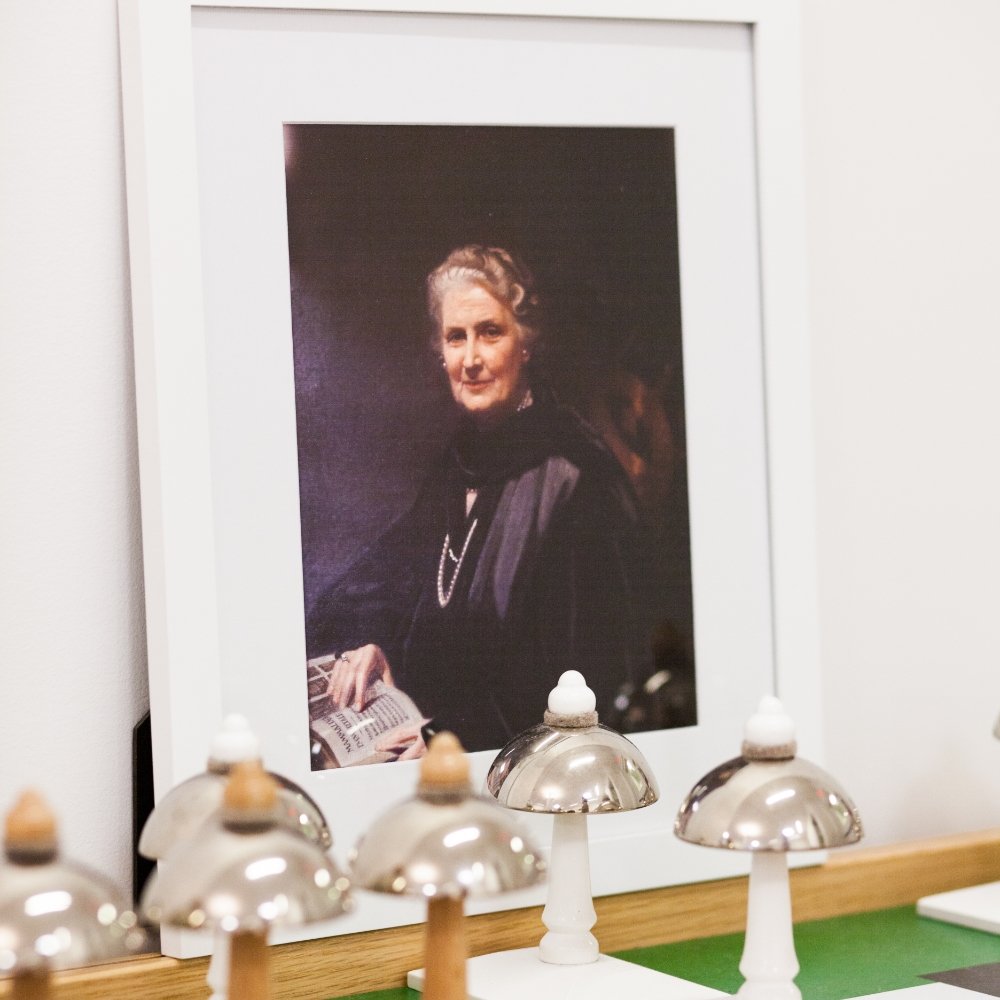
Resurrection Episcopal Day School is a community committed to promoting the intellectual, spiritual, emotional, and physical development of the whole child according to the educational philosophy developed by Maria Montessori and guided by the principles of the Association Montessori Internationale (AMI). Within the context of a three-year, mixed-age early education program, we seek to create an environment that celebrates and empowers each individual, cultivates a love of learning and fosters an appreciation for the diversity of life.
At REDS we welcome families of varied ethnic, religious and socio-economic backgrounds who share in Maria Montessori’s passion for inclusivity and interconnectedness. By introducing children to global similarities and differences, we help them build understanding and a connection to all the people of the world. The School considers each child as a gift of God endowed with limitless potential.








